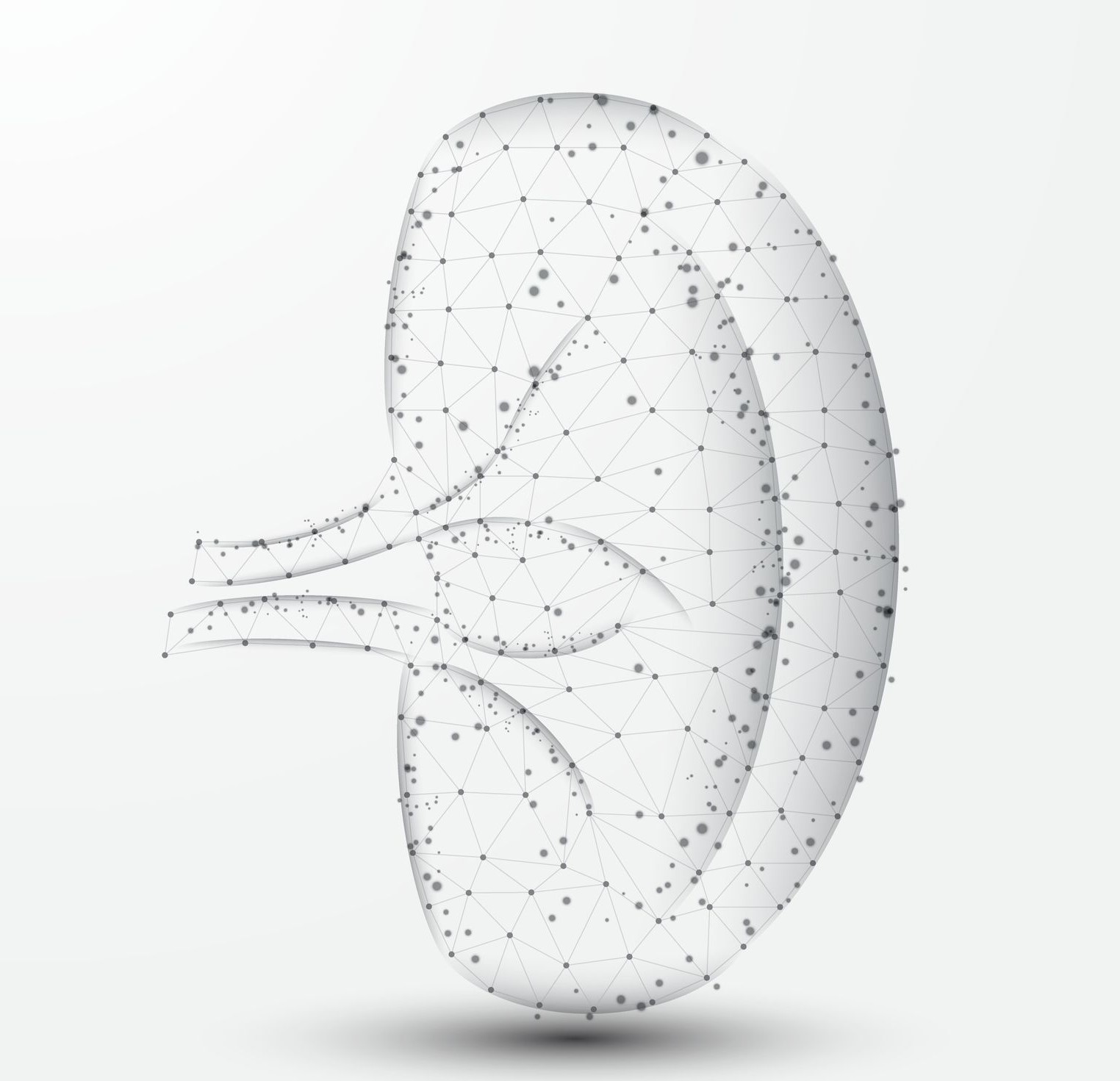Overview
The spleen is an organ found in virtually all vertebrate mammals. It is located in the upper left quadrant of the abdomen. In the average healthy adult it weighs around two hundred grams and it is about the size of a fist.
The spleen has several main functions. It filters the blood and removes abnormal cells, and it generates disease fighting components of the immune system such as antibodies and lymphocytes.
The spleen is vulnerable to a wide range of disorders, and also to trauma. However, the human body adapts well to life without this organ, so surgically removing a diseased or damaged spleen is possible without causing any serious harm to the patient.
Spleen structure and function
The spleen appears red and pulpy, surrounded by a tough capsule. The red pulp is made up of blood vessels, or splenic sinusoids, interwoven with connective tissue, or splenic cords. The red pulp acts as a filter, removing old red blood cells from the blood. The red pulp also stores monocytes, a type of white blood cell, which act as part of the immune system.
Inside the red pulp is the white pulp, which is made up of small lumps of lymphoid tissue, and these are involved in making antibodies. Particular immune cells such as B lymphocytes and T lymphocytes, and blood cells are either made or matured inside the spleen. The splenic artery is the route through which blood enters the spleen. The splenic artery divides into many branches which are encased in lymphocytes so every drop of blood is filtered for foreign objects as it enters the spleen.
Facts
- The spleen is only involved in the generation of red blood cells in the foetus, this task is then taken over by bone marrow at birth.
- People who have had their spleen removed are at risk of particular infections, due to its role in the immune system.

